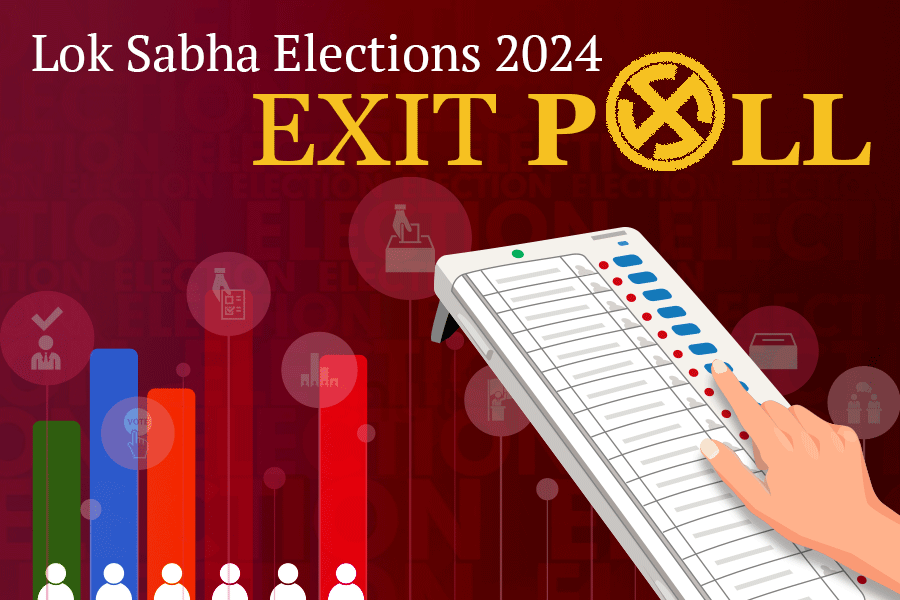The biggest loser in the Lok Sabha election this time turned out to be the exit polls.
All national-level exit polls had predicted that the NDA would win between 350 and 400 seats, and the INDIA block between 100 and 180. This led to allegations that the exit polls were rigged in order to influence polling officials and game the stock market.
This isn’t the first time the exit polls have failed. In the 2004 Lok Sabha election, the pollsters gave it to the BJP’s India Shining campaign but the Congress came out shining and stayed for two terms. The last such major departure from reality for exit polls was the 2021 Bengal Assembly election. However, this isn’t going to change the way pollsters arrive at their seat projections.
Yashwant Deshmukh of C-Voter explained: “The science of polling begins with estimating vote share. In a first-past-the-post system, there is no direct correlation between vote share and seat share.”
He added that there were multiple formulas to extrapolate a seat projection. Pollsters for the media have fewer resources than pollsters who work for parties, hence the former uses random sampling that does not cover every seat.
Data, however, can’t decipher qualitative factors, explained Deshmukh. “What we couldn’t calculate was losses because of wrong candidates or internal sabotage.”
There’s also the “spiral of silence”. “In states where there is a threat of violence, fewer voters reveal their political choices. The national average of such voters is eight or nine per cent. In Bengal, it is 20 per cent of people who don’t reply,” Deshmukh explained.
Asked if he would change his formula, he replied: “No. If the same formula works in 26 states and fails in two, why would I change it? It didn’t work there because of factors that cannot be figured out by data.”











